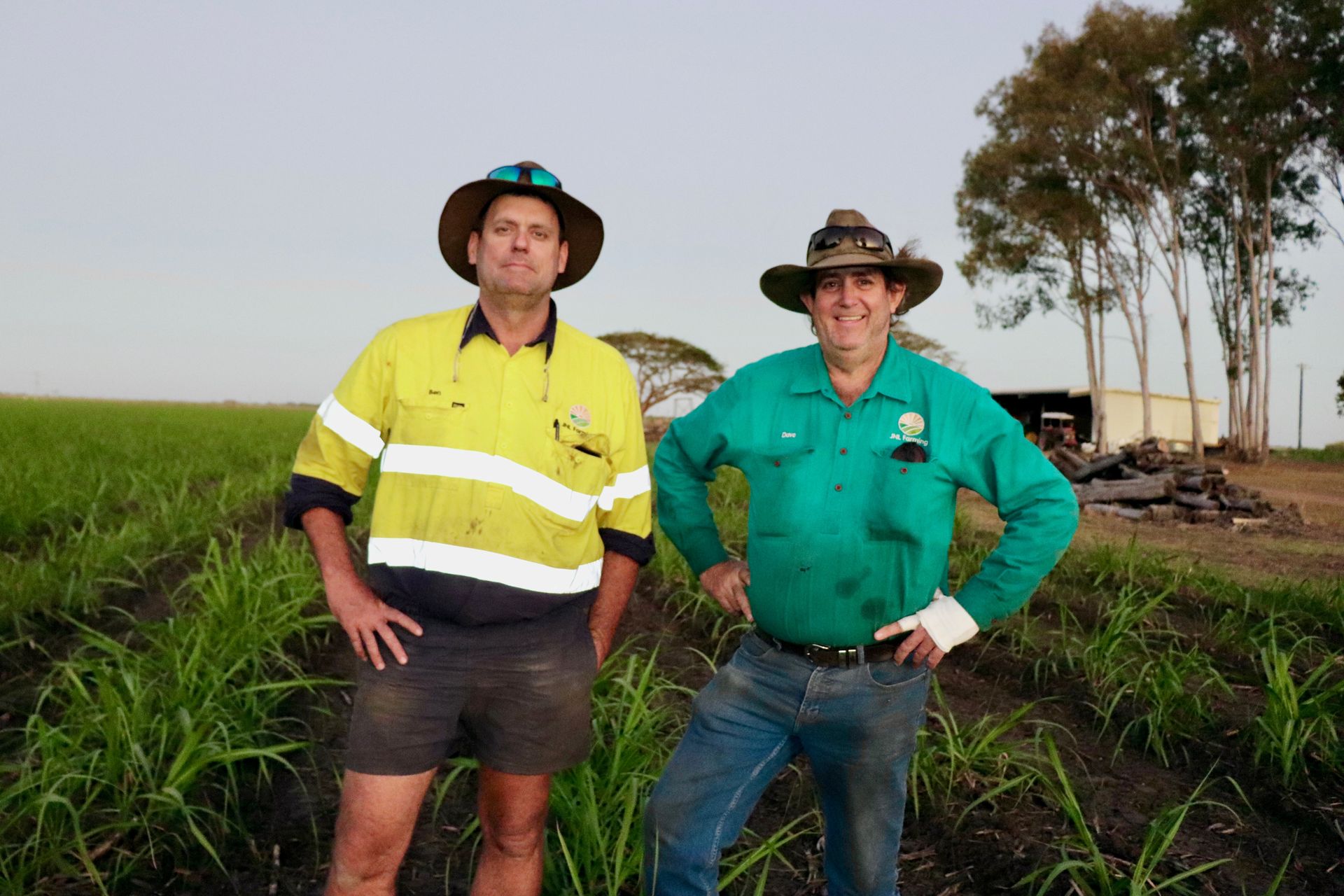1MG FlippingBooks
Critical worker shortage leads to ‘break glass’ plan from NFF
Elizabeth Gracie

The National Farmers Federation’s (NFF) Horticulture Council has submitted a ‘break glass’ plan to state governments across the country to get workers back on farms and address what the NFF is now calling a critical worker shortage.
The break glass plan includes ten individual immediate, short and medium-term measures that the NFF believes will help displaced Australians who have lost their main source of income during the pandemic find farm work, whilst also providing the hands farmers urgently need to pick and pack produce through a safe restart of foreign worker visa programs.
With the COVID-19 pandemic depleting the regional labour force, primarily consisting of backpackers and workers under seasonal visa schemes, many farmers are now lacking the hands needed to harvest this year’s crops and wondering if a 2021 harvest is even feasible.
And whilst the Federal Government’s decision to allow individual states and territories to ‘opt-in’ to a controlled restart of both the Seasonal Worker Program and the Pacific Labour Scheme is a step in the right direction, National Farmers Federation (NFF) and CEO Tony Mahar believes that more needs to be done to support Australia’s agriculture industry and the agriculture workers it relies on.
According to Mahar, Australian governments have long known the labour shortage struggles that farmers across the country have faced since the closure of Australia’s borders to international visitors in April.
“Well before COVID-19 the NFF and our members have been calling for measures to address the farm sector’s worker shortage. This situation is now much worse with Australia’s international borders closed and internal border movement highly restricted” said Mahar.
These measures include a pilot extension to the seasonal worker program, increased incentives for domestic displaced workers, the introduction of an agricultural workforce code, promotion of opportunities to work in agriculture, accommodation support, the establishment of a national agricultural workforce development network, national labour-hire regulation, agricultural visa, a restart to working holidaymakers and the inclusion of additional occupations to the horticulture industry labour agreement (HILA).
“In an ordinary year, farmers rely on a combination of local and foreign labour to get the job done,” said Mahar.
“Ideally, this year we’d like to see Australians, especially those who have been displaced from their pre-pandemic jobs, fill roles performed by backpackers and seasonal workers, but the reality is more support is needed to attract the required number of local workers.
The plan also includes suggestions for safely restarting the meaningful recruitment of foreign workers, and providing COVID-19 safe places of work, with the aim of reaching an overall outcome that strikes a balance between fairness, safety and at the forefront, economic prosperity.
NEWS

2025 marks 50 years since TR70 model launched in 1975. Since this time, New Holland has led industry innovation in combine technology with: The first self-leveling cleaning system on a rotary combine in 2002 Breaking the 8-hour wheat harvest world record in 2014 The latest CR10 and CR11 twin rotor combines entering production in 2025















